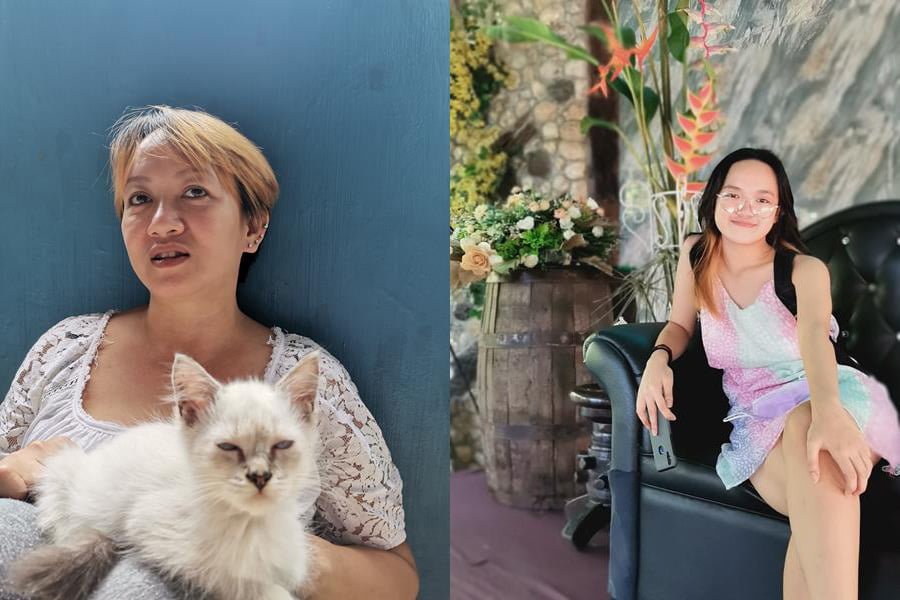Women have always played a crucial role in Philippine art and storytelling, from traditional art forms like weaving and pottery to contemporary mediums like film and literature. However, in recent years, there has been a noticeable shift in the way women are portrayed and represented within the arts, reflecting changing attitudes towards gender equality and feminism.
Historically, Philippine art and storytelling have been dominated by male voices, with women often relegated to the sidelines or portrayed in stereotypical roles. However, in the past few decades, a new generation of female artists and writers has emerged, challenging traditional notions of gender and creating work that is both powerful and subversive.
One of the most prominent examples of this evolution is in the field of visual art. Women artists like Pacita Abad, Imelda Cajipe Endaya, and Agnes Arellano have gained international recognition for their innovative and thought-provoking work. These artists use their art to explore issues of gender, sexuality, and identity, challenging viewers to rethink their preconceived notions of what it means to be a woman in Philippine society.
Similarly, in literature, authors like Jessica Hagedorn, Lualhati Bautista, and Ninotchka Rosca have made a significant impact on the literary landscape, using their voices to tell stories that are often overlooked or marginalized. These writers explore themes of feminism, social justice, and the complexities of Filipino identity, creating a rich tapestry of narratives that reflect the diverse experiences of women in the Philippines.
In film, directors like Marilou Diaz-Abaya, Lav Diaz, and Antoinette Jadaone have been at the forefront of a new wave of Filipino cinema that challenges conventional storytelling conventions and centers the experiences of women. These filmmakers create complex, multidimensional female characters who defy stereotypes and break boundaries, offering audiences a more nuanced and inclusive portrayal of Filipino womanhood.
Overall, the evolving role of women in Philippine art and storytelling reflects a broader societal shift towards gender equality and female empowerment. Women creators are no longer content to be mere subjects or objects of art but are actively shaping the narratives and representations that define Filipino culture. As more women artists and writers continue to make their mark on the arts scene, the future of Philippine art and storytelling looks bright and promising.






